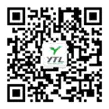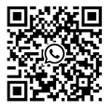When selecting a communication method for prepaid electricity meters, various factors need to be considered, including actual application requirements, system architecture, costs, reliability, and ease of use. Below are some common communication methods along with their advantages and disadvantages:
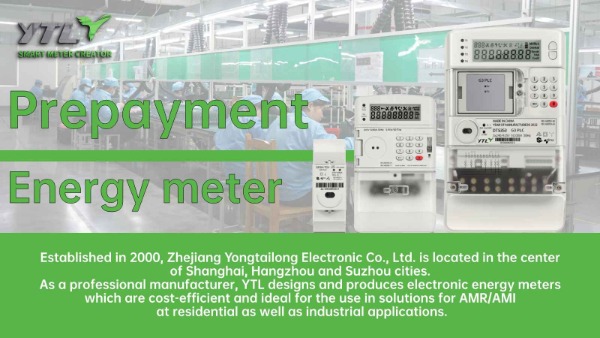 1. Overview of Communication Methods
1. Overview of Communication Methods
RF (Radio Frequency) Communication
- Application Scenarios: Suitable for centralized monitoring of electricity meters in residential areas, commercial districts, and rural environments.
- Technical Features: RF technology typically involves communication between a central controller and individual meter devices via wireless signals, with an advantage of easy expansion.
- Cost of Equipment: Initial investment is low, but periodic replacement or maintenance of wireless modules may be required.
PLC (Power Line Carrier Communication)
- Application Scenarios: Best suited for urban and industrial areas, especially in environments with existing power networks.
- Technical Features: Utilizes the existing electrical wiring for data transmission, eliminating the need for additional wiring, making it suitable for large-scale deployment.
- Compatibility: Strong compatibility with existing power grids, allowing seamless integration during grid renovations.
Mobile Communication (GPRS/3G/4G/5G)
- Application Scenarios: Ideal for remote monitoring and mobile measurement scenarios, such as remote areas or locations inconvenient for wiring.
- Technical Features: Enables real-time data upload and monitoring through wireless networks, supporting large volumes of data transmission.
- Cost Considerations: Regular data plan fees may apply, and communication quality is influenced by network coverage.
Fiber Optic Communication
- Application Scenarios: Suitable for enterprises or major infrastructure that have high data security and transmission rate requirements.
- Technical Features: Transfers data using fiber optics, demonstrating strong anti-interference capabilities and high data transmission quality.
- Cost Analysis: High initial investment and complex installation, but lower long-term operational costs, ideal for environments with high data needs.
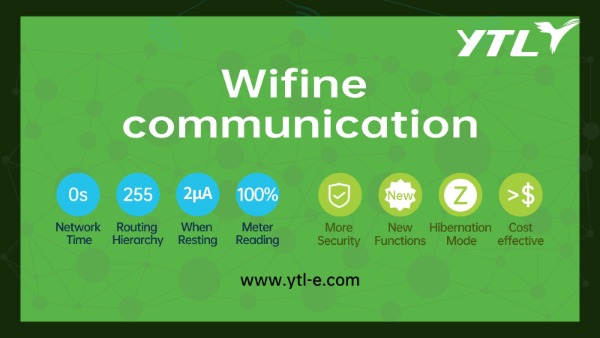 IoT Communication Protocols (Zigbee, LoRa, NB-IoT, etc.)
IoT Communication Protocols (Zigbee, LoRa, NB-IoT, etc.)
- Application Scenarios: Suitable for large-scale distributed IoT applications, such as smart cities and smart grids.
- Technical Features: These protocols typically offer low power consumption, high connection capacity, and long-distance transmission, making them suitable for environmental monitoring and data collection.
- Flexibility: The network can be expanded at any time depending on the situation, demonstrating strong adaptability.
- Application Scenarios: Electricity metering, power sensing, industrial and residential electricity usage, photovoltaic generation, charging stations, and various IoT hardware terminals, as well as smart cities and public utility projects both domestically and internationally.
- Technical Features: Utilizes Wi-Fine for transmission, offering long transmission distances and wide coverage; allows for quick networking and strong adaptive capabilities; provides stable communication.
- Cost Analysis: Features low cost, scalability, high security, fast speed, and low power consumption.
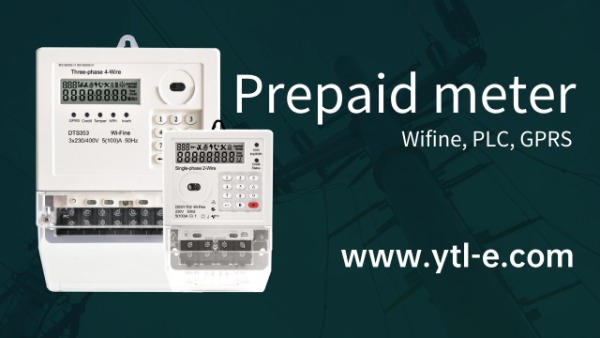 2. Choosing Factors
2. Choosing Factors
a. Application Requirements
- Data Collection Frequency: The need for data upload frequency can influence the choice of communication methods, for instance, whether real-time data monitoring is necessary.
- Number of Users: When there are a large number of users, opt for methods that support multi-point communication, such as RF or Zigbee.
b. Environmental Impact
- Geographical Location: Depending on geographical conditions, certain technologies, such as RF, may be more suitable in urban areas, while PLC or LoRa may be better for rural settings.
- Physical Barriers: Physical barriers like buildings or mountains may necessitate the selection of technologies with strong anti-interference capabilities suitable for signal transmission.
c. Economic Budget
- Acquisition Costs: Evaluate the purchase and installation costs of communication devices.
- Maintenance Costs: In the long run, selecting devices with low maintenance and update costs will be more beneficial for operations.
d. System Compatibility
- Existing Equipment: Consider the compatibility with existing systems to ensure that the newly acquired communication method integrates smoothly with current power management systems.
e. Technical Support and Services
- Supplier Reputation: Choose suppliers with good after-sales support and technical assistance to minimize potential future issues.
- Documentation and Training: Ensure that suppliers can provide sufficient training and operational documentation.
3. Conclusion
When selecting a communication method for prepaid electricity meters, it is crucial to comprehensively consider application needs, environmental impacts, economic budgets, and technical support. Choosing the appropriate communication method not only enhances the efficiency of meter usage and user satisfaction but also facilitates future system expansions and upgrades.
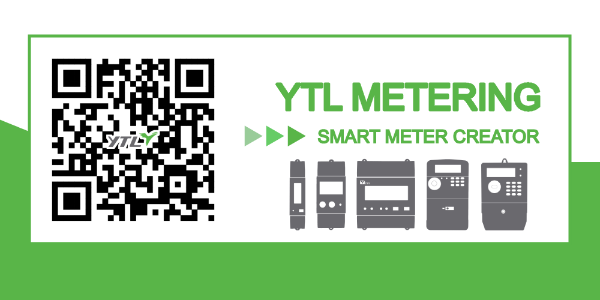

 English
English 简体中文
简体中文



.png?imageView2/2/w/500/h/500/format/png/q/100)


.png?imageView2/2/w/500/h/500/format/png/q/100)

.png?imageView2/2/w/500/h/500/format/png/q/100)



